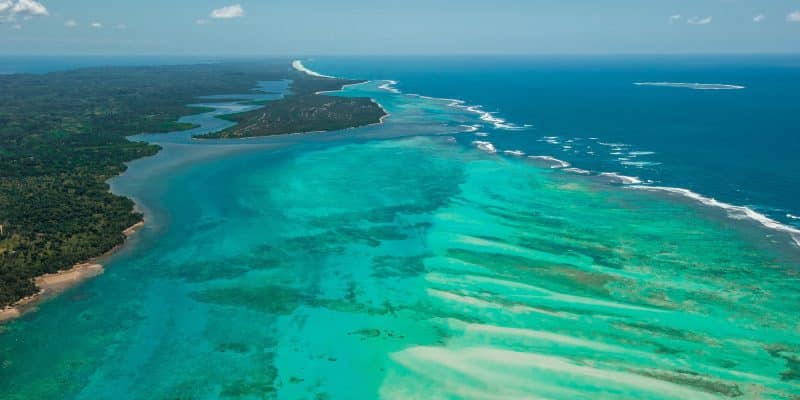The project to strengthen protected areas and local development in the Diana region in northern Madagascar is on the right track. The continuity of the project has just been ensured by a €2 million grant from the French Development Agency (AFD), through the French Global Environment Facility (FGEF). The related financing agreement was signed with the Malagasy government on 16 May 2023 in Antananarivo, the capital of the big island.
The French Development Agency (AFD), through the French Global Environment Facility (FGEF), is supporting sustainable fishing, mangrove restoration, the sustainable use of natural resources and the strengthening of protected areas in the Diana region in northern Madagascar. This is the meaning of the financing agreement signed on 16 May 2023 in Antananarivo between the FGEF and the Madagascan Ministry of the Economy and Finance.
The financing, which amounts to 2.050 million euros, is allocated in the form of a grant to the Ambaro, Tsimipaiky, Ampasindava, and Nosy-Be Archipelago (Batan) project. The Batan project consists of protecting the environment in order to support sustainable fishing, mangrove restoration and sustainable exploitation of natural resources in the Diana region. It is a continuation of the Diana Region Protected Areas and Local Development Project (Kobaby), which runs from 2019 to 2024.
Madagascar loses half its forests in 50 years
Implemented by the Regional Directorate for the Environment and Sustainable Development (DREDD) of the Diana region, the Batan project is structured around three components. Sustainable fishing, sustainable management of mangroves, and restoration of the landscapes of Nosy-Be and the surrounding islands.
The conservation of natural resources and the resilience of ecosystems and societies to climate change are one of AFD’s main areas of intervention in Madagascar and the Indian Ocean. More than 60 million euros have been committed for this purpose. AFD is directly supporting the managers of 14 protected areas in their efforts to structure and perpetuate their activities and is also contributing to the capital of the Foundation for Protected Areas and Biodiversity in Madagascar (FAPBM).
Read also-MADAGASCAR: the government, denounced for its inaction against deforestation
These actions are beneficial for this East African country, whose biodiversity is in decline. In 50 years, Madagascar has lost nearly half of its forests and is ranked fourth in the world in terms of tree cover loss. Aware of the exceptional richness of its territory and the challenges of protection, the Malagasy government committed in 2003, during the World Parks Congress in Durban (South Africa), to triple the surface area of the country’s protected areas. This commitment was reinforced in 2014 at the Parks Congress in Sydney (Australia), formalizing the final creation of protected areas and their sustainable management. The Big Island now has 126 protected areas covering more than 7 million hectares and representing 13% of its territory.
Boris Ngounou







